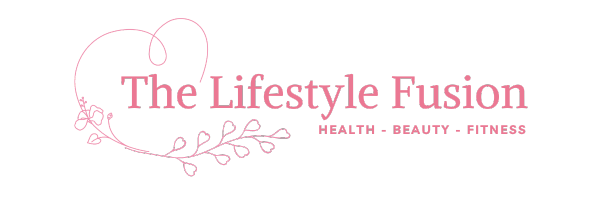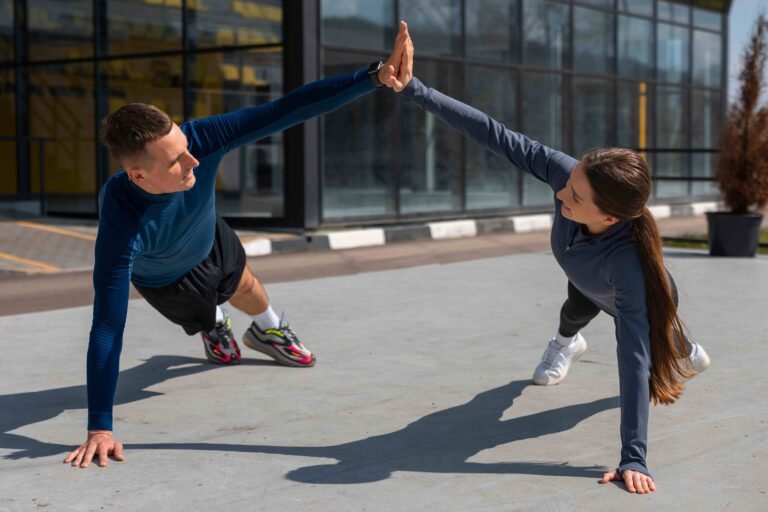In the vast and diverse world of fitness, where do touchdown exercise come from? Exercises are created, modified, and perfected over time to target specific muscle groups and enhance overall performance.
One such exercise, the touchdown exercise, has gained popularity for its effectiveness in improving balance, coordination, and lower body strength. But where do touchdown exercises come from, and how have they evolved?
In this comprehensive blog, we’ll explore the origins of the touchdown exercise, its benefits, and why exercise needs vary between individuals. We’ll also delve into the importance of proper spelling and understanding in fitness, answering the common question, how do you spell exercise?
The Origin of Touchdown Exercises
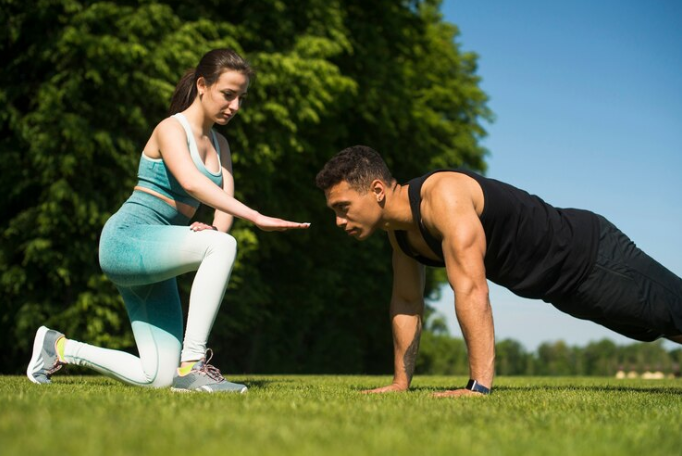
Touchdown exercises, also known as touchdown squats or single-leg touchdown squats, are believed to have originated from sports training programs designed to enhance agility, balance, and lower body strength. These exercises are particularly popular in sports like football and basketball, where athletes need to develop quick, explosive movements and strong, stable lower bodies to perform at their best.
The term “touchdown” in the context of these exercises likely comes from the motion of reaching down to touch the ground or a specific point, similar to a football player reaching for the end zone to score a touchdown. This movement not only targets the muscles in the legs and glutes but also engages the core and improves overall stability.
Understanding Touchdown Exercises
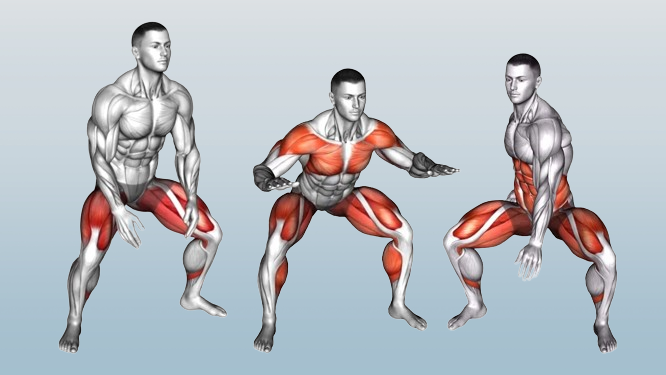
Touchdown exercises primarily focus on single-leg strength and balance. Here’s a step-by-step guide on how to perform a basic touchdown exercise:
1. Start Position:
Stand on one leg, with your other leg slightly bent and off the ground. Keep your core engaged and your back straight.
2. Lowering Phase:
Slowly bend your standing knee and lower your body down, reaching your opposite hand towards the ground. Aim to touch the ground or a target point in front of you.
3. Return Phase:
Push through your heel to return to the starting position, maintaining balance and control throughout the movement.
4. Repeat:
Perform the desired number of repetitions before switching to the other leg.
Benefits of Touchdown Exercises
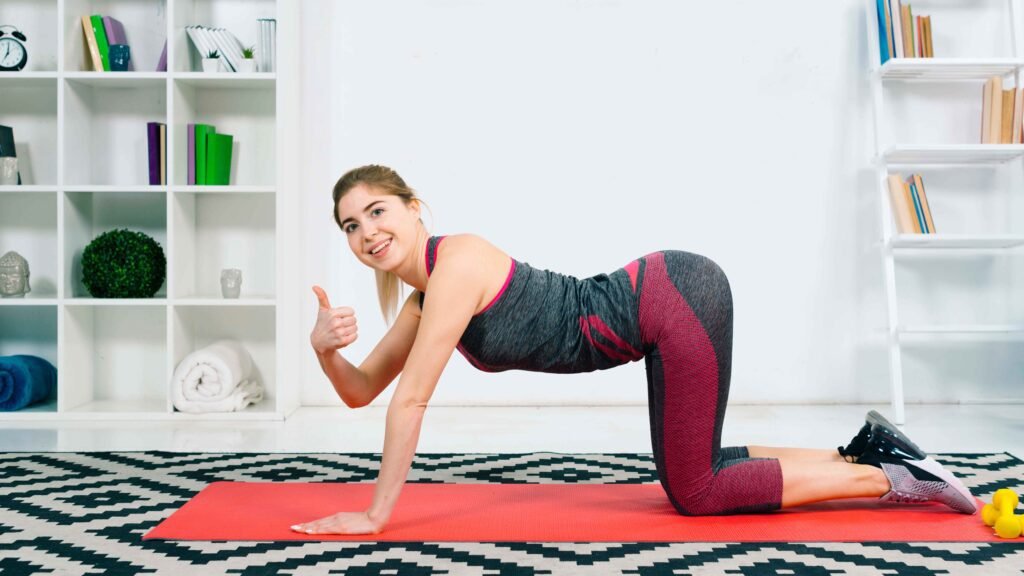
Touchdown exercises offer a multitude of benefits, making them a valuable addition to any workout routine:
1. Improved Balance and Stability:
By performing exercises on one leg, you challenge your body’s ability to maintain balance and stability, which is crucial for overall athletic performance and daily activities.
2. Increased Lower Body Strength:
Touchdown exercises target the quadriceps, hamstrings, glutes, and calves, helping to build strength and endurance in the lower body.
3. Enhanced Core Engagement:
Keeping your core engaged throughout the exercise helps to strengthen your abdominal muscles and improve overall stability.
4. Better Coordination:
The movement pattern of reaching down and returning to the starting position enhances coordination between your upper and lower body.
5. Injury Prevention:
Strengthening the muscles around your knees and ankles can help to prevent injuries, especially in sports that involve quick changes in direction.
How Do You Spell Exercise?
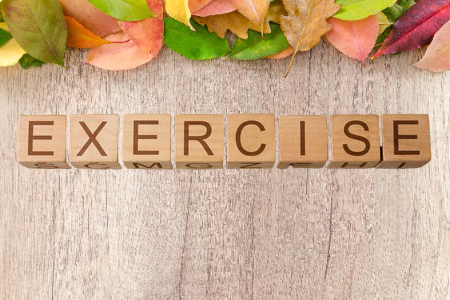
It’s a simple question that often arises: how do you spell exercise? The correct spelling is “exercise.” This word is often misspelled due to its tricky combination of vowels and consonants.
Understanding the correct spelling is important not only for effective communication but also for searching for accurate information and resources related to fitness and health.
Why Do Exercise Needs Vary Between Individuals?
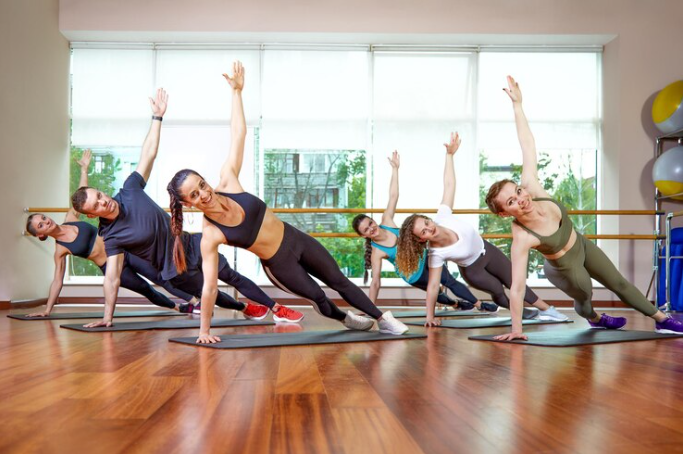
One of the most important aspects of fitness is recognizing that exercise needs vary significantly between individuals. Several factors contribute to these differences:
1. Age:
As we age, our bodies undergo various changes that affect our exercise needs. For example, older adults may require exercises that focus on maintaining bone density and joint health, while younger individuals may prioritize strength and endurance.
2. Fitness Level:
Beginners will have different exercise needs compared to advanced athletes. It’s essential to tailor workout routines to match an individual’s current fitness level to prevent injury and promote gradual improvement.
3. Health Conditions:
Chronic conditions such as diabetes, heart disease, and arthritis can influence exercise needs. Customized exercise plans can help manage symptoms and improve overall health.
4. Goals:
Personal fitness goals, such as weight loss, muscle gain, or improved athletic performance, dictate the type and intensity of exercises needed. Tailoring workouts to specific goals ensures more effective results.
5. Genetics:
Genetic predispositions play a role in how our bodies respond to different types of exercise. Some people may naturally excel in endurance activities, while others may have a greater capacity for strength training.
6. Lifestyle:
Work schedules, family commitments, and other lifestyle factors can influence how much time and energy individuals can dedicate to exercise. Finding a routine that fits into one’s lifestyle is crucial for long-term adherence.
Adapting Touchdown Exercises for Individual Needs
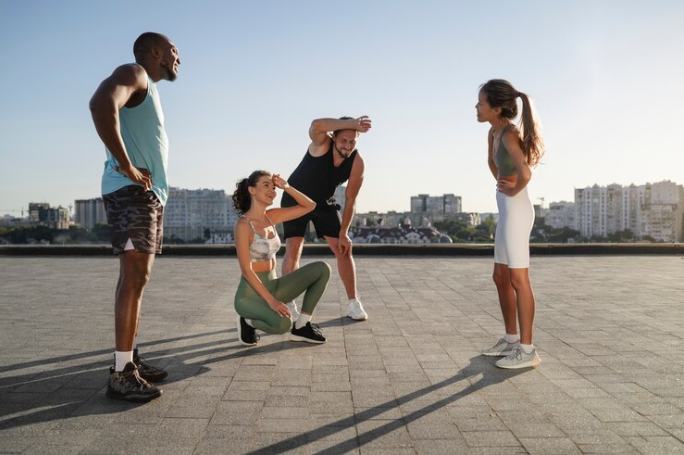
Given the variability in exercise needs, it’s essential to adapt touchdown exercises to suit individual capabilities and goals. Here are a few modifications and progressions:
1. Beginners:
Start with a smaller range of motion, focusing on maintaining balance and proper form. Use a stable surface for support if needed.
2. Intermediate:
Increase the range of motion and add a slight hop at the top of the movement to incorporate a plyometric element.
3. Advanced:
Perform the exercise on an unstable surface, such as a balance board or Bosu ball, to further challenge stability and coordination.
4. Incorporate Weights:
Holding dumbbells or a medicine ball can add resistance and increase the intensity of the exercise.
5. Multi-Planar Movement:
Incorporate reaching across the body or to the side to engage different muscle groups and enhance coordination.
The Science Behind Exercise Variation
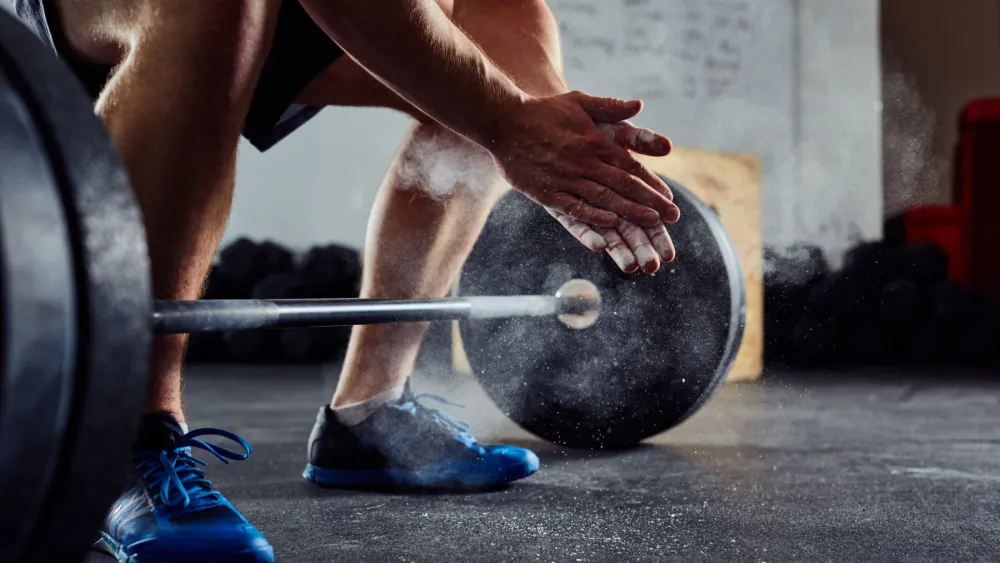
Understanding why exercise needs vary between individuals requires a look at the science behind fitness and physiology. Here are some key concepts:
1. Muscle Fiber Types:
Human muscles are composed of different types of fibers—slow-twitch (Type I) and fast-twitch (Type II). Slow-twitch fibers are more endurance-oriented, while fast-twitch fibers are suited for explosive movements. Genetic predispositions determine the proportion of these fibers, influencing an individual’s natural aptitude for certain types of exercise.
2. Metabolism:
Metabolic rate and efficiency can vary widely between individuals, affecting how they respond to exercise. Factors such as age, sex, and hormonal levels play a role in metabolic differences.
3. Adaptation:
The principle of adaptation states that the body adapts to the specific demands placed upon it. This means that to continue making progress, individuals must continually challenge their bodies with varied and progressively more difficult exercises.
4. Recovery:
Recovery needs also differ based on individual factors such as age, fitness level, and overall health. Adequate recovery is crucial for preventing overtraining and promoting muscle growth and repair.
Touchdown Exercises in Different Training Programs

Touchdown exercises can be incorporated into various training programs to achieve specific fitness goals. Here are a few examples:
1. Strength Training:
Include touchdown exercises in a leg day routine to enhance lower body strength and balance. Pair them with traditional squats and lunges for a comprehensive workout.
2. Cardio Workouts:
Integrate touchdown exercises into high-intensity interval training (HIIT) sessions to boost cardiovascular endurance and add a plyometric component.
3. Rehabilitation:
Use modified touchdown exercises in rehabilitation programs to improve balance and strength after injuries, particularly in the lower body.
4. Sports Performance:
Incorporate touchdown exercises into sports-specific training routines to enhance agility, stability, and explosive power.
Conclusion
Touchdown exercises are a versatile and effective way to improve balance, coordination, and lower body strength. Understanding their origins and benefits can help you appreciate their value in a well-rounded fitness routine.
Remember, exercise needs vary between individuals due to factors like age, fitness level, health conditions, goals, genetics, and lifestyle.
By adapting exercises like touchdown squats to meet these unique needs, you can create a personalized workout plan that promotes long-term success and overall well-being.
So, next time you hear someone ask, how do you spell exercise? or wonder why exercise needs differ between individuals, you’ll have the knowledge to provide a comprehensive answer. Embrace the diversity of fitness and tailor your workouts to achieve the best possible results for your unique body and goals
